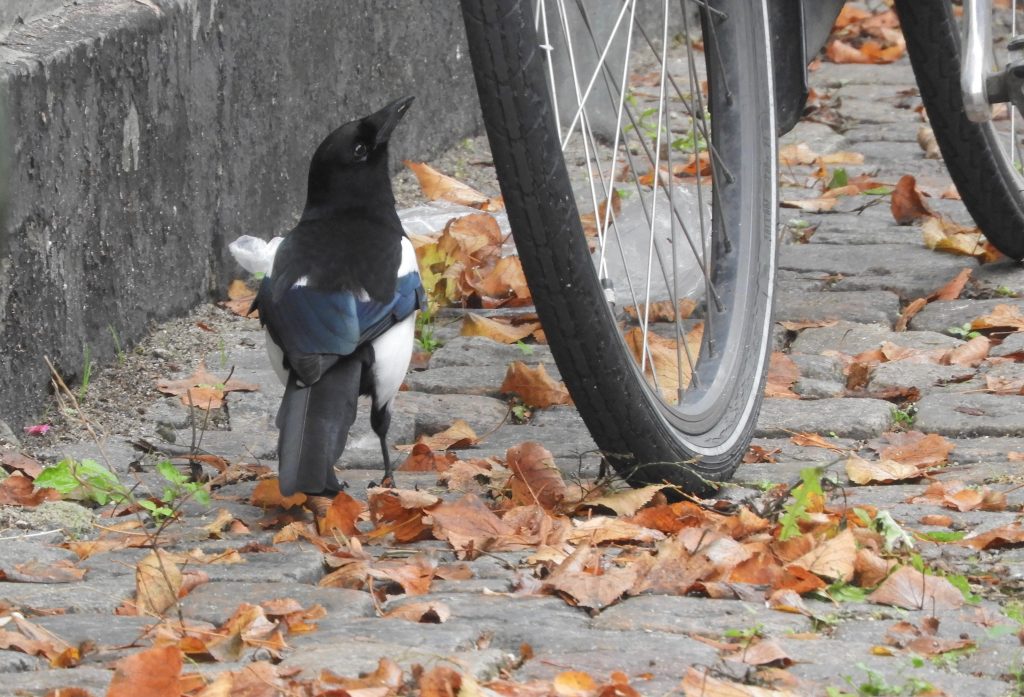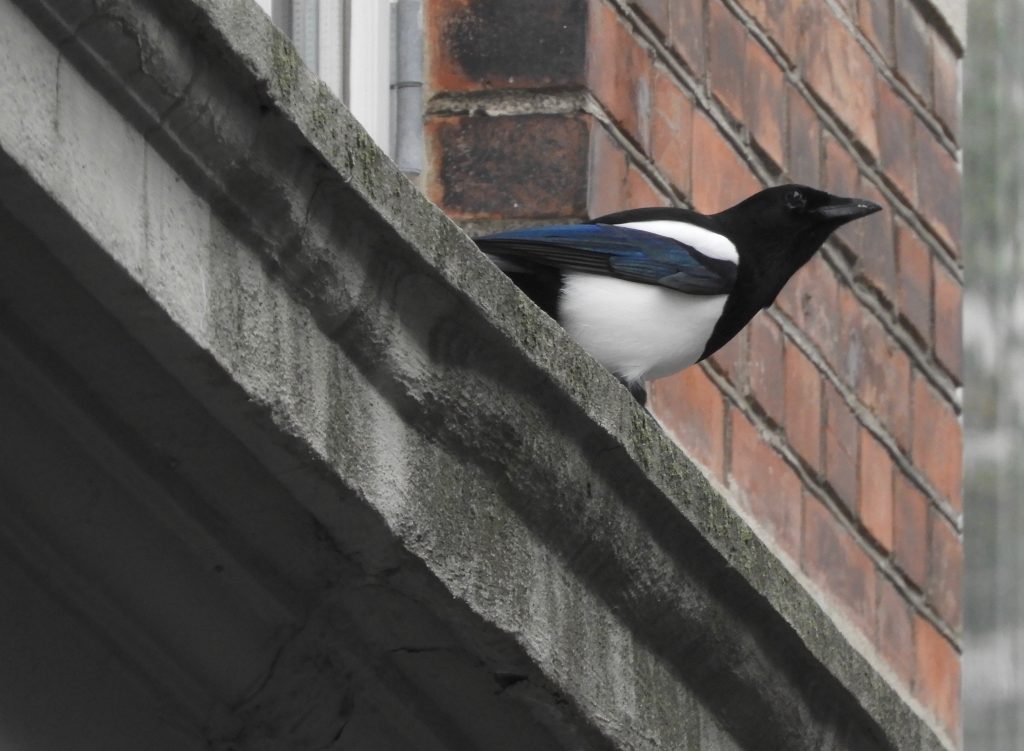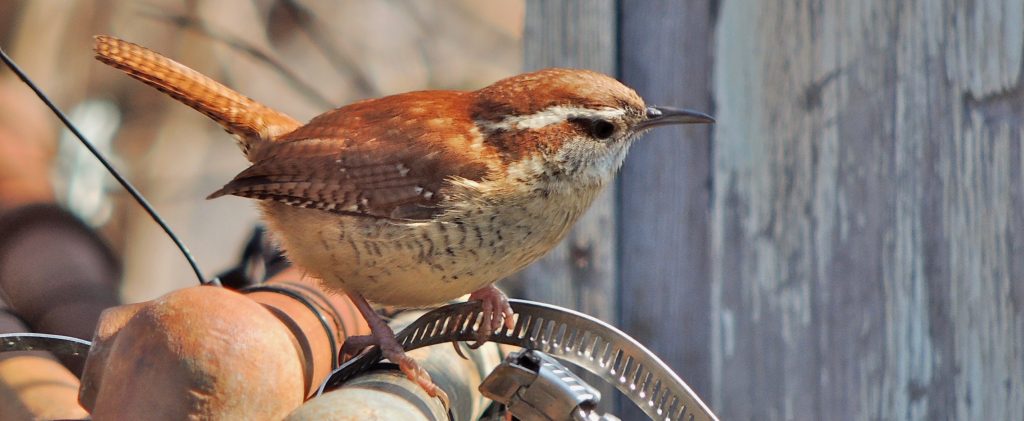 Royal Botanical Gardens. Cootes Paradise, Hamilton. ON. December 17 2022. Under a rather sullen sky I suggested we get out and get some exercise. It was not the sort of weather to inspire much of anything, instead it was windy, raw and hovering around freezing. (I know one or two birders who profess to love a day like this).
Royal Botanical Gardens. Cootes Paradise, Hamilton. ON. December 17 2022. Under a rather sullen sky I suggested we get out and get some exercise. It was not the sort of weather to inspire much of anything, instead it was windy, raw and hovering around freezing. (I know one or two birders who profess to love a day like this).
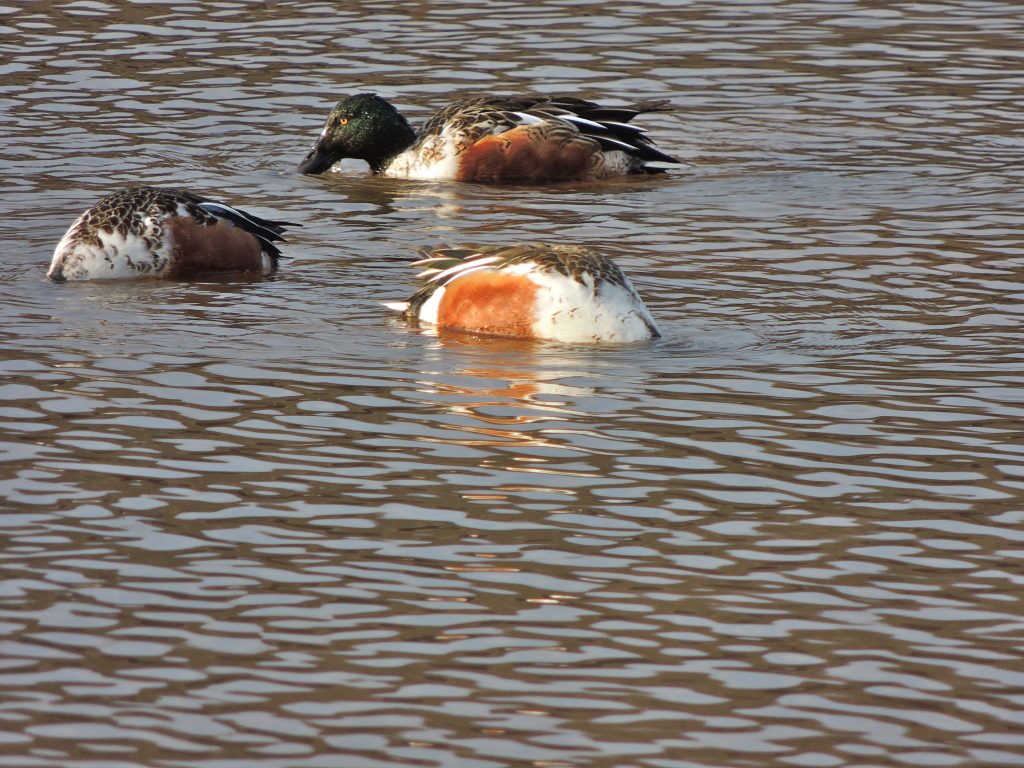
Birds of trees were hard to find, but ducks were plentiful and we scanned groups of Mallards, Northern Shovelers and Gadwall making the most of the open water. Northern Shoveler males (above) are a little on the gaudy and disheveled side while Gadwall males are distinctly not. (below) – there’s something rather Bank of England about them; well dressed, confident and subdued. Gadwall are welcome any time.
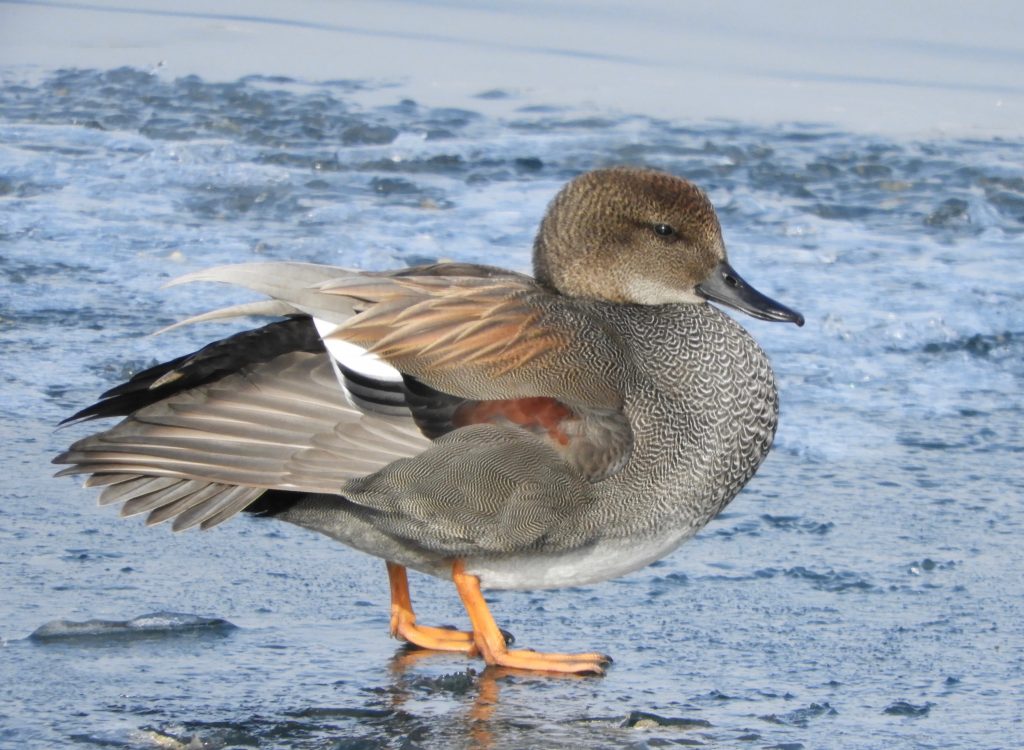
In a low and soggy inlet that always seems to hold some active bird life even on the coldest days, there was movement: a Song Sparrow, possibly two. And then a wren – maybe. Each time I got my binoculars on the right spot it had moved. I suspected Carolina Wren but hoped for Winter Wren. Winter Wrens are so tiny they can be forgiven for being a bit pushy. Carolina Wrens, on the other hand, are more like the noisy neighbour who plays his kind of music loud and takes liberties in the belief that everyone loves him.
Well it was a Carolina Wren and it showed itself for a few minutes.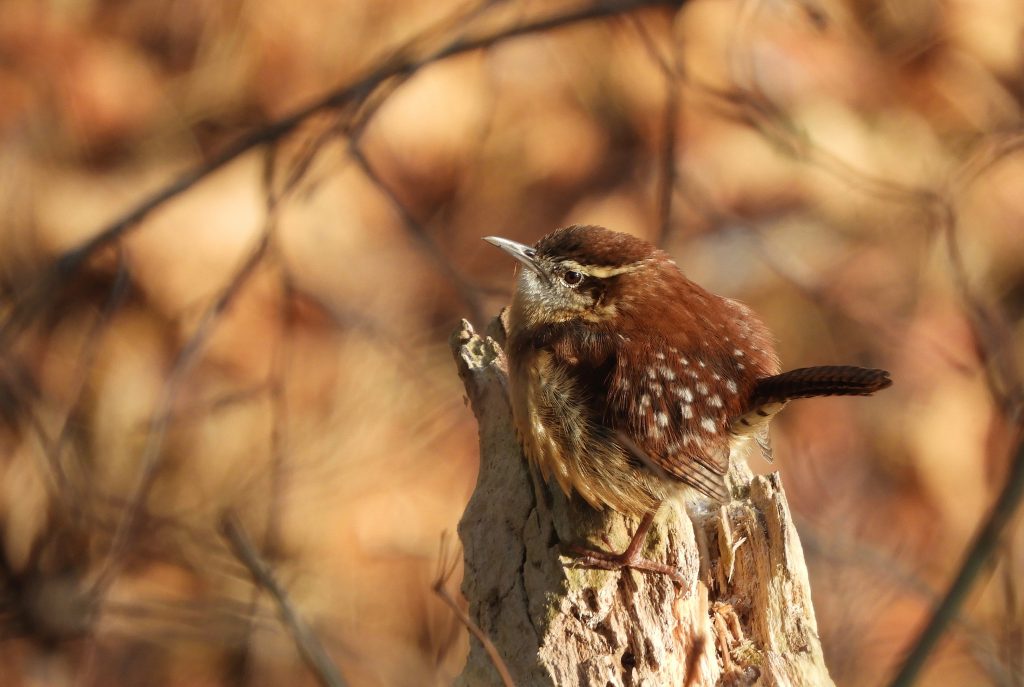
Right. I thought. Don’t move and I’ll get some photos of you. Maybe then I’ll come to like you. It did, I did and then liked this Carolina Wren a lot (above and below). Certainly, My Bird of the Day today. 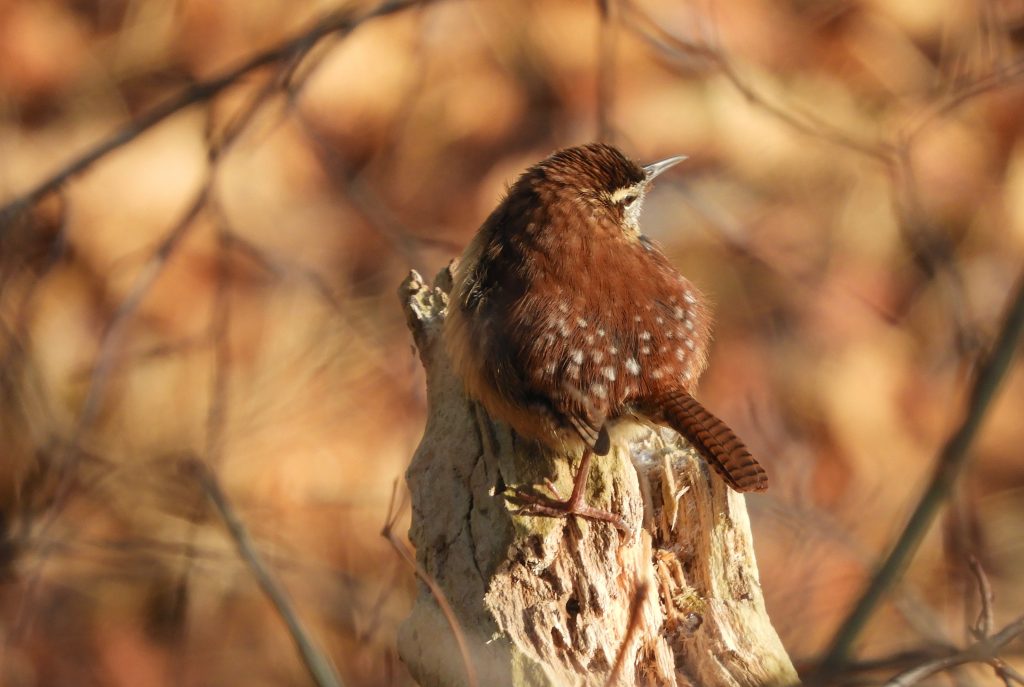
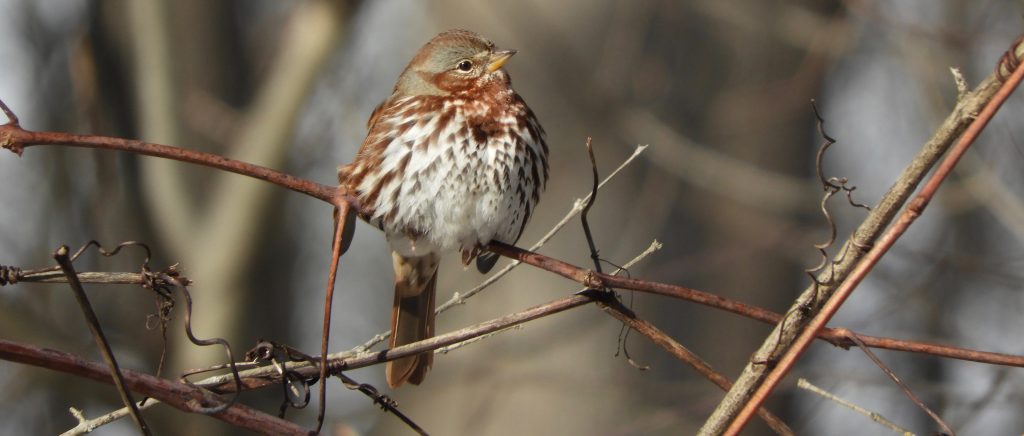
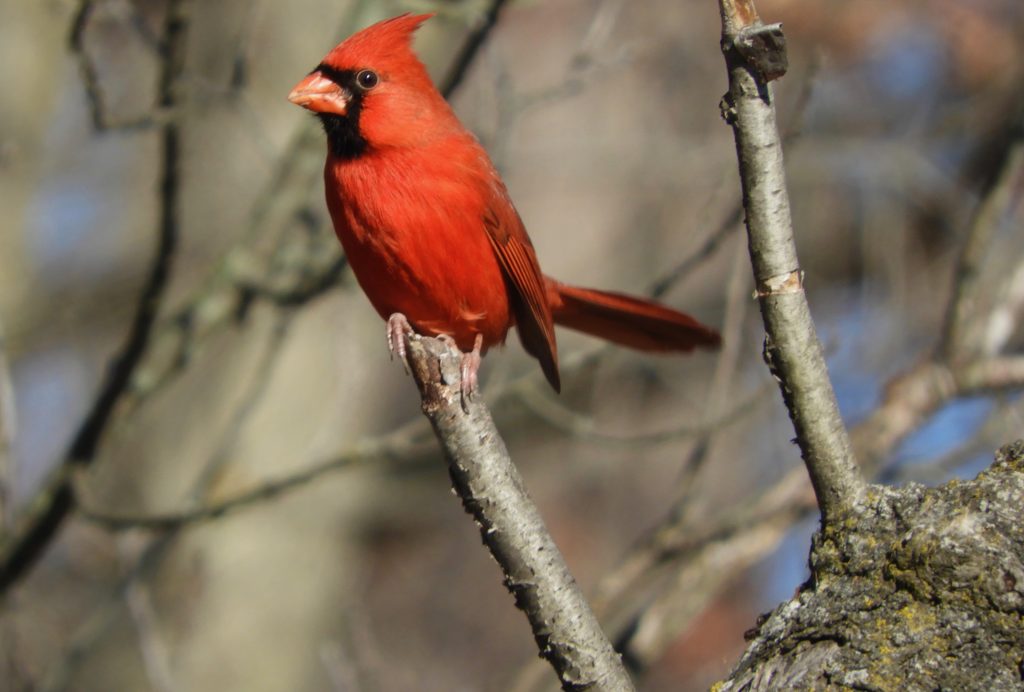
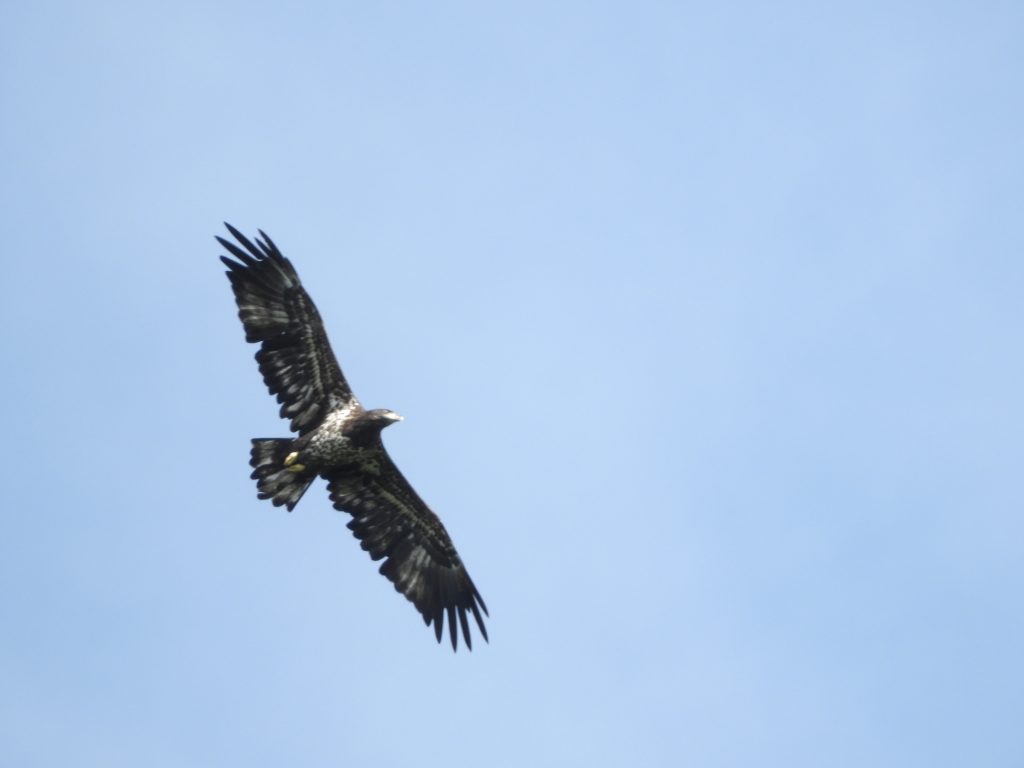
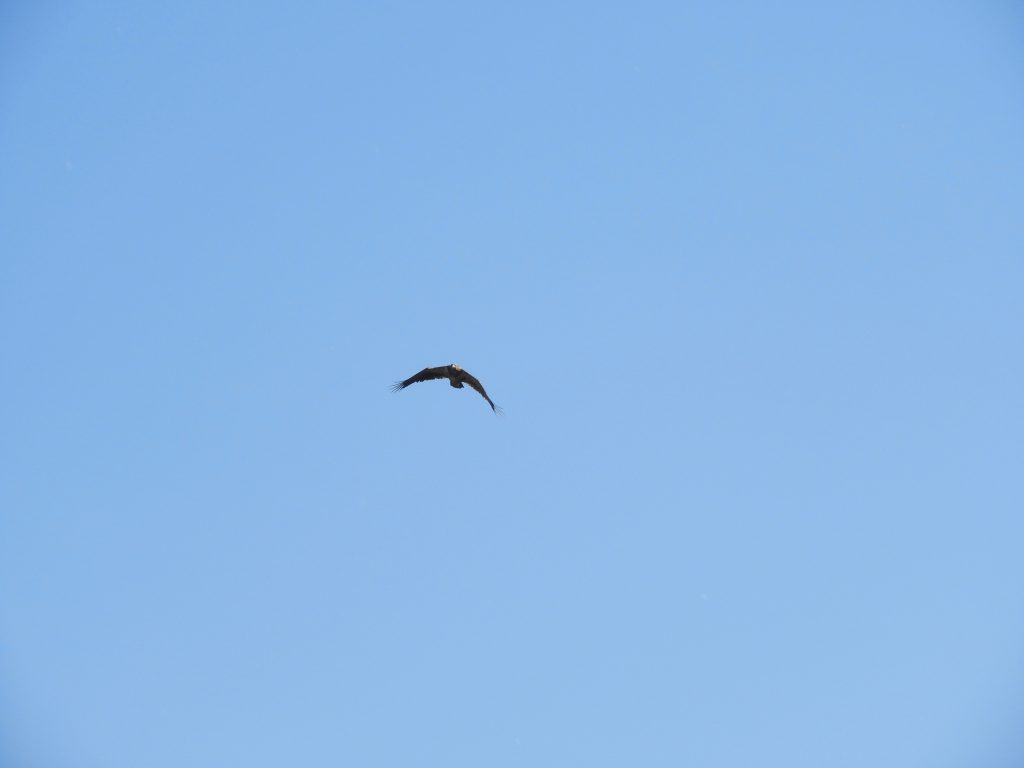
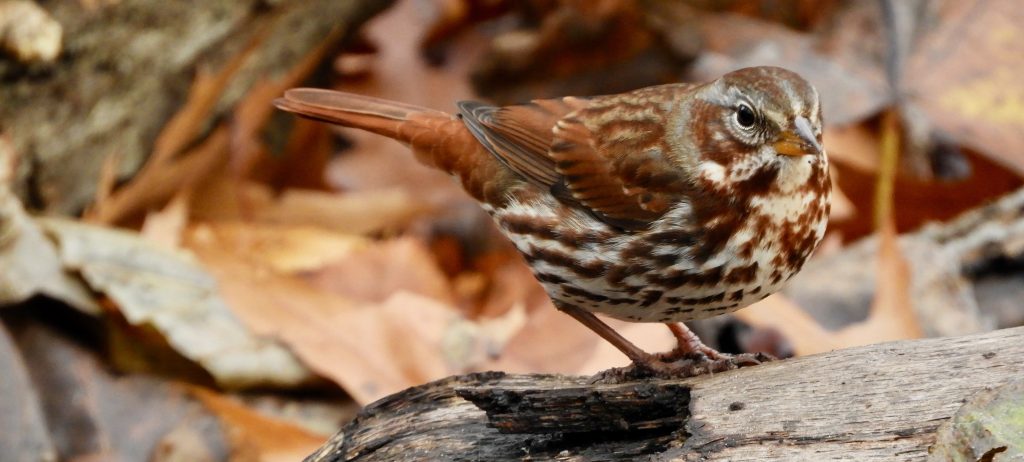 Royal Botanical Gardens. Hendrie Valley, Burlington. ON November 17 2022. If there really is an Old Man Winter, a windblown, mean-spirited soul who touches ponds with ice and scatters snow squalls, then he just paid us a visit. We woke to a thin touch of snow, a centimetre maybe, enough that you could (and I have) use its novelty to get a twelve-year-old to wake up on a school morning.
Royal Botanical Gardens. Hendrie Valley, Burlington. ON November 17 2022. If there really is an Old Man Winter, a windblown, mean-spirited soul who touches ponds with ice and scatters snow squalls, then he just paid us a visit. We woke to a thin touch of snow, a centimetre maybe, enough that you could (and I have) use its novelty to get a twelve-year-old to wake up on a school morning.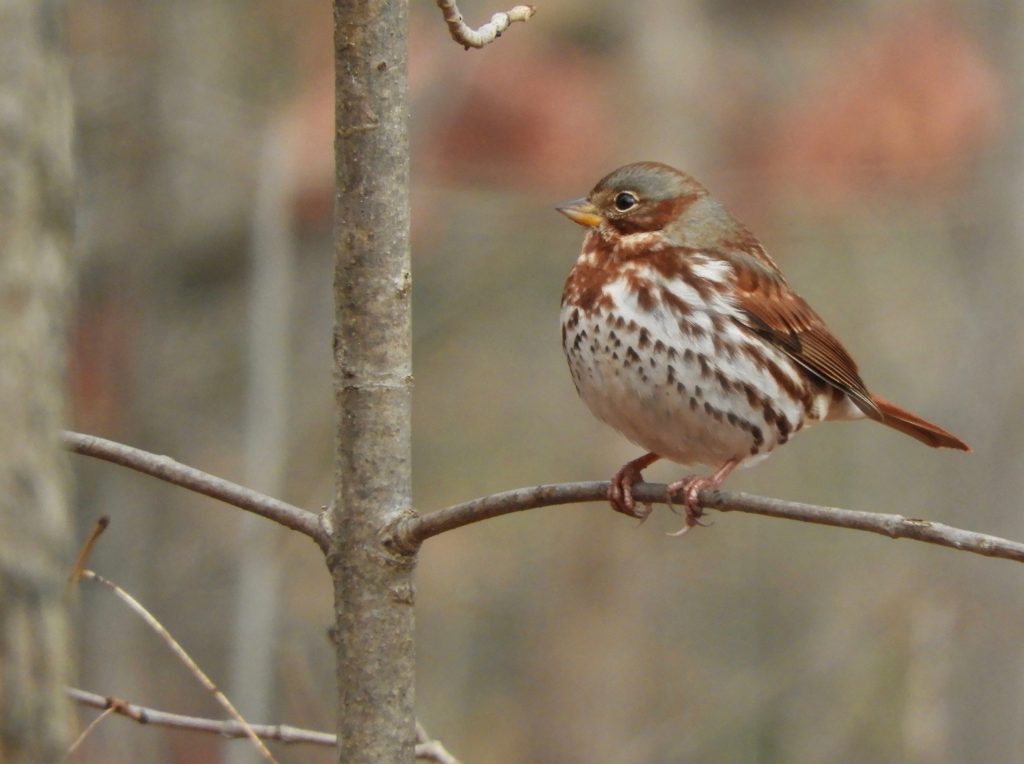
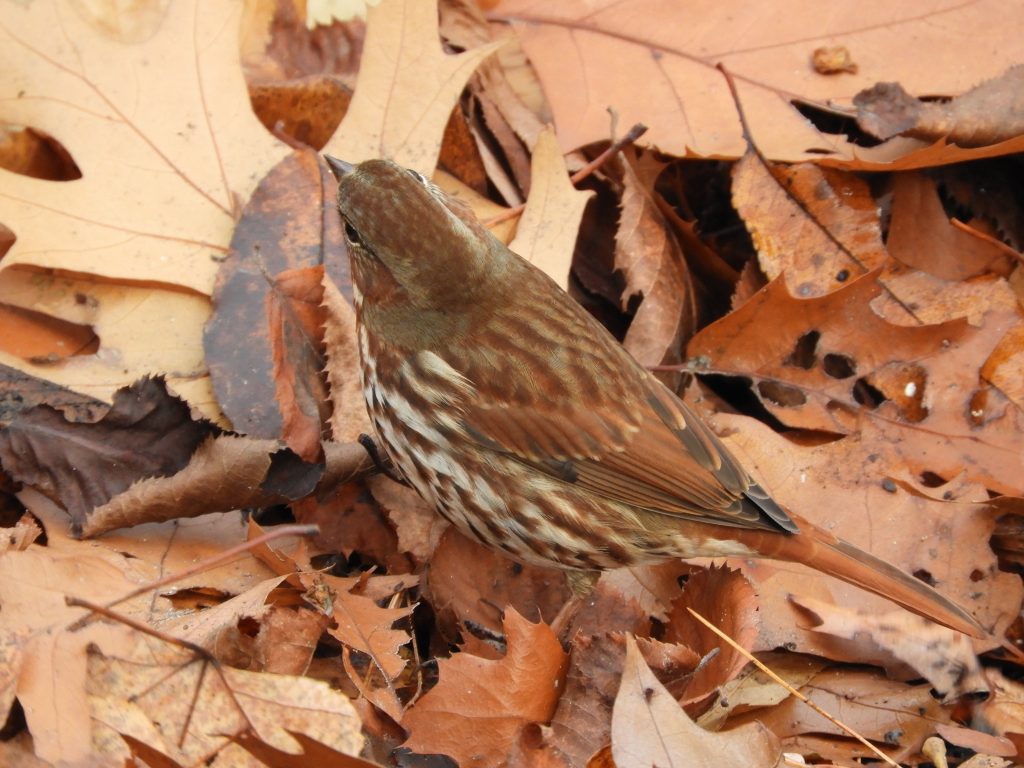
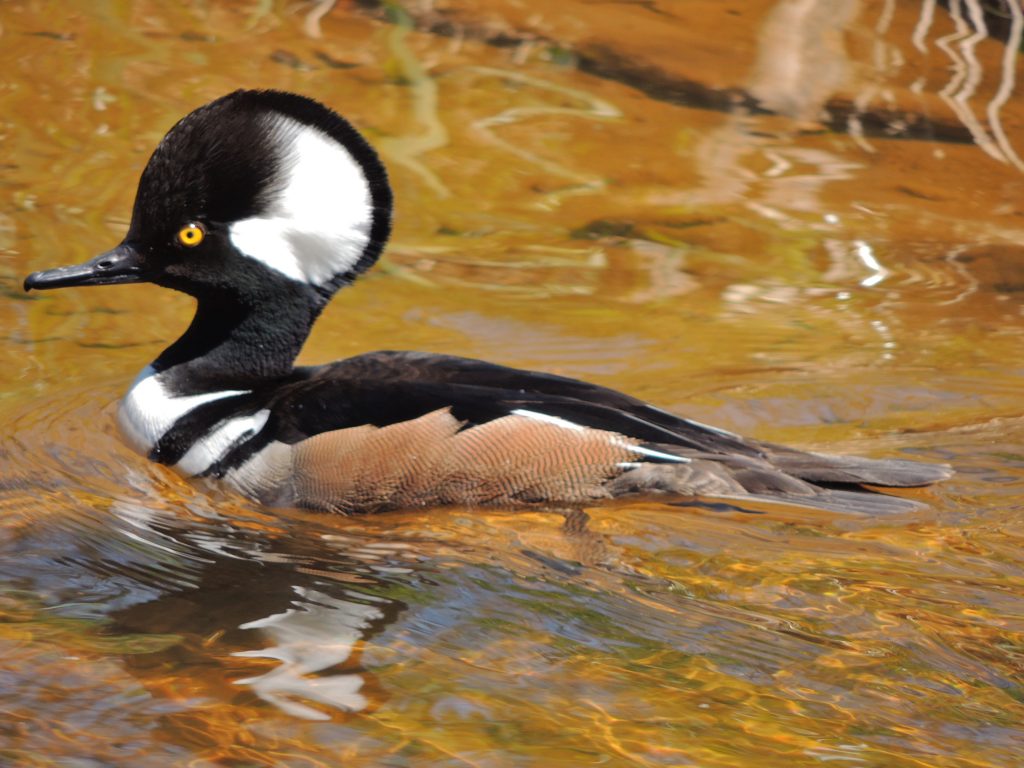
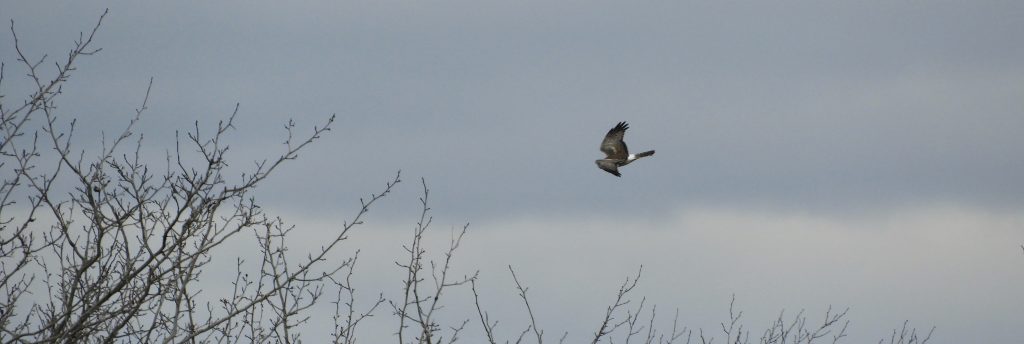 Haldimand County. ON. November 12 2022. With some trepidation I drove to a quiet country roadside where another birder said he’d had the lucky sighting of a Short-eared Owl. Trepidation because owls in daytime can attract a lot of unwelcome attention, sometimes amounting to harassment, and I was quite prepared to give it a miss if anything like a crowd seemed to be gathering. But the road was deadly quiet so, when I identified the supposed spot, I pulled to one side and scanned a large hayfield.
Haldimand County. ON. November 12 2022. With some trepidation I drove to a quiet country roadside where another birder said he’d had the lucky sighting of a Short-eared Owl. Trepidation because owls in daytime can attract a lot of unwelcome attention, sometimes amounting to harassment, and I was quite prepared to give it a miss if anything like a crowd seemed to be gathering. But the road was deadly quiet so, when I identified the supposed spot, I pulled to one side and scanned a large hayfield.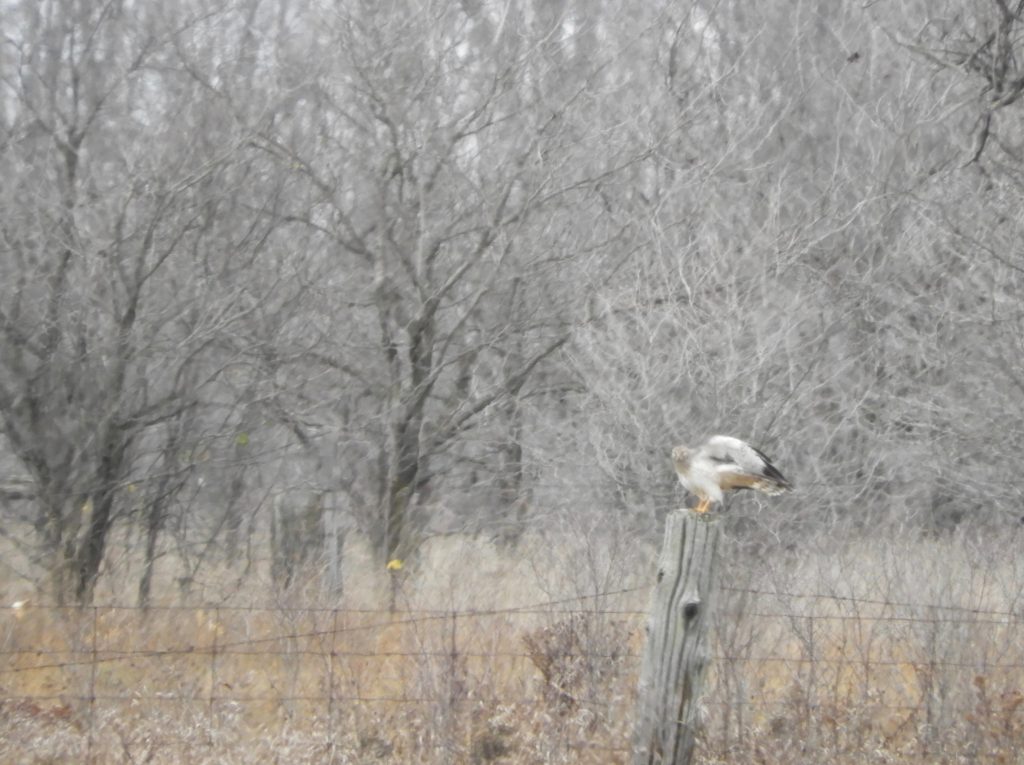
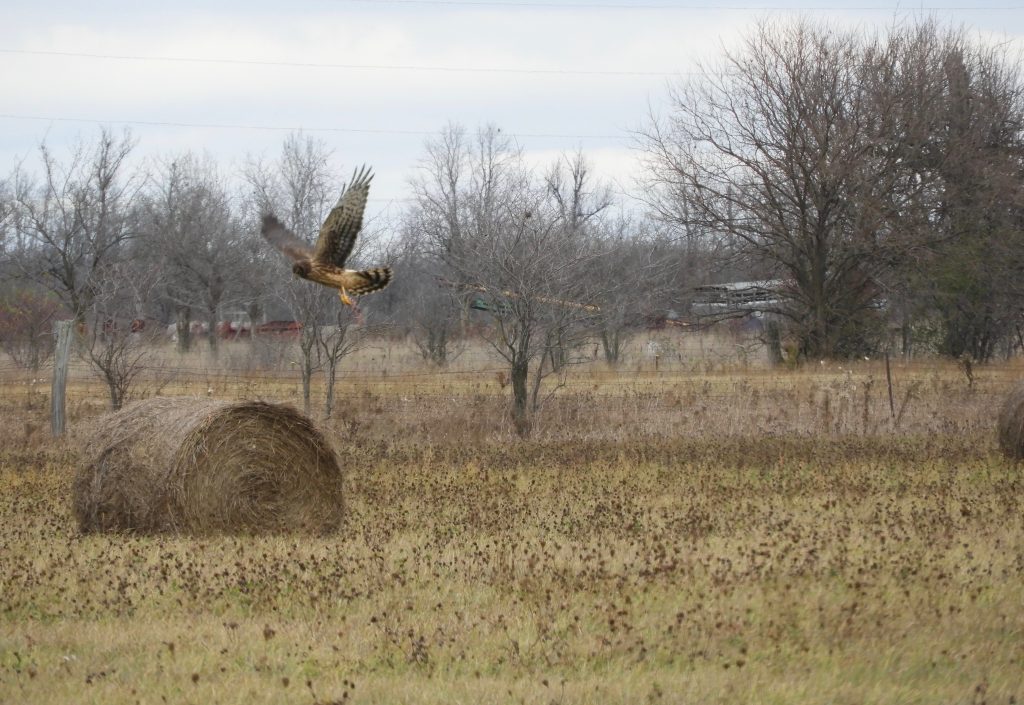
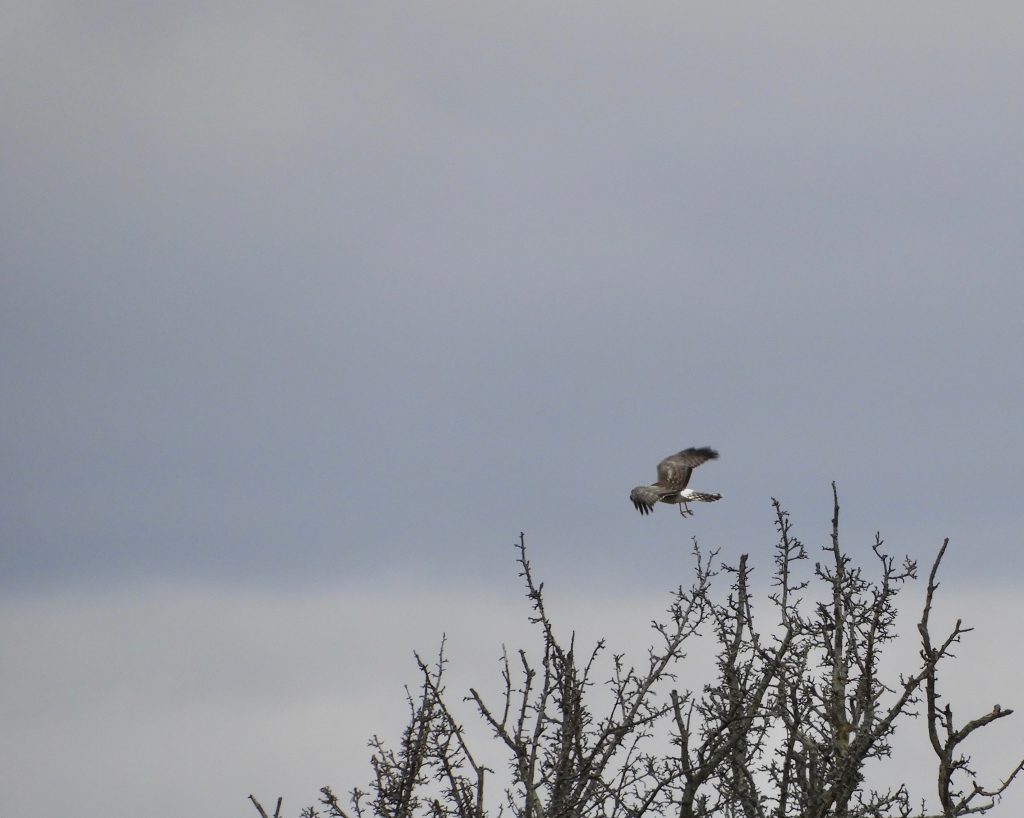 Another female appeared briefly and I was able to follow her too as she swept low over the field and eventually landed to take stock. That was harrier number three. Was this a family group? How many might there be?
Another female appeared briefly and I was able to follow her too as she swept low over the field and eventually landed to take stock. That was harrier number three. Was this a family group? How many might there be?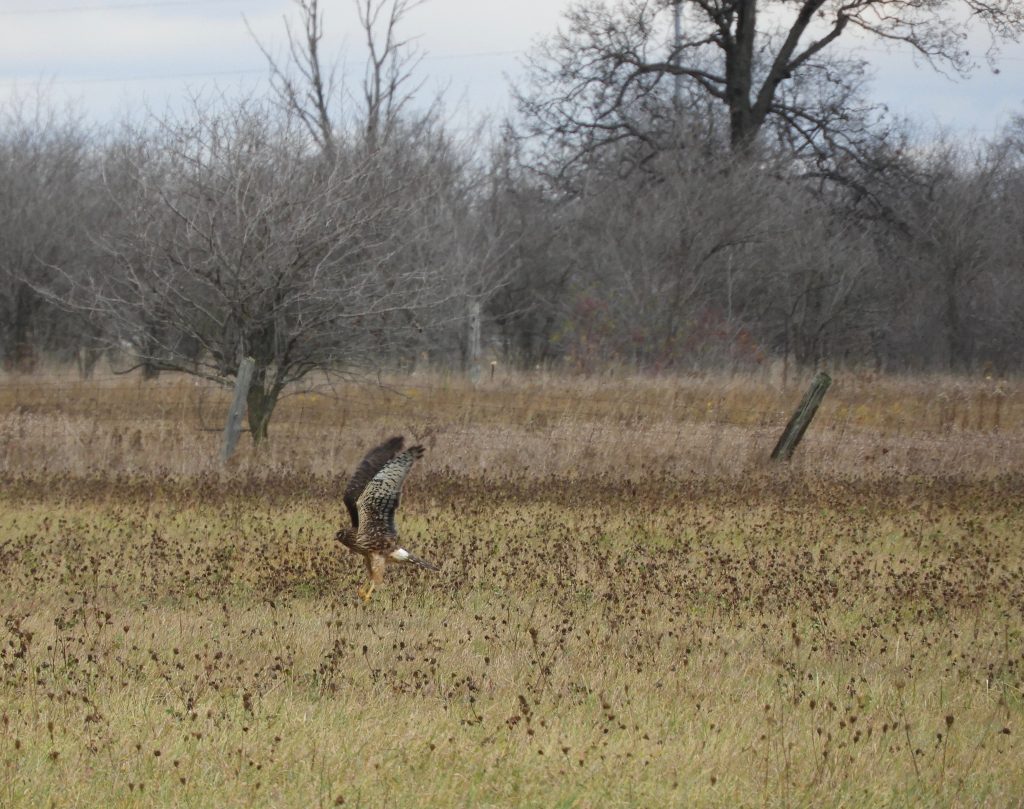
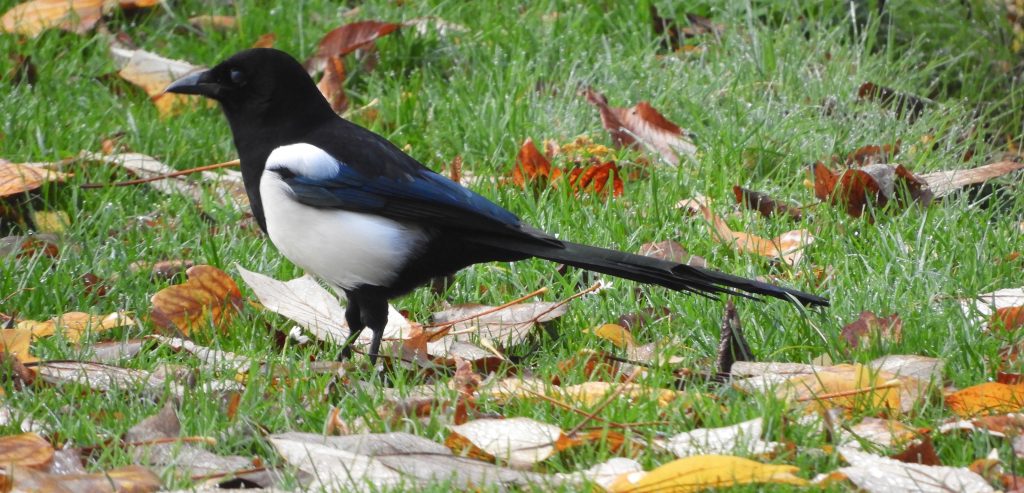 Copenhagen, Denmark. October 28 2022.
Copenhagen, Denmark. October 28 2022.